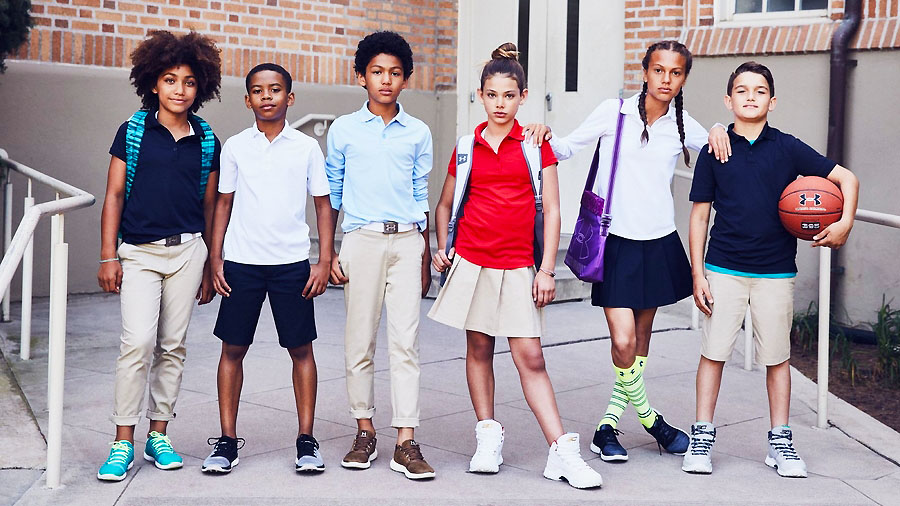“Back-to-school shopping is a family affair, with parents frequently receiving input from their children on purchases,” said managing director Keith Jelinek, co-leader of BRG’s Retail Performance Improvement practice. “It is incumbent upon retailers to satisfy the needs of both parents and their kids during this important shopping season, as they will be shopping together in many cases. Consumers enjoy the in-store experience where they can touch and feel the merchandise, so retailers need to be ready in order to capitalize on the opportunity to impress this important shopper segment.”
Over half of the respondents, 58 percent, said they plan to buy (or have already bought) the majority of their items in a store and some online for apparel and footwear. When it comes to school supplies, 57 percent responded similarly. In fact, 23 percent of respondents said they will buy or have bought all of their apparel and footwear in a physical store, and 19 percent said they will buy or have bought all of their supplies in a physical store. For back-to-school shopping, physical stores are critical in driving customer satisfaction.
While consumers are often lured by popular online shopping sites and promotions—67 percent of online shoppers said they plan to participate in Amazon Prime Day—product quality and shopping experience remain paramount to important family-oriented purchase decisions.
“Retailers shouldn’t take these findings lightly,” said Rick Maicki, managing director in BRG’s Retail Performance Improvement practice. “In-store operations need to be as sharp as ever—displays need to be compelling, pricing and promotions must be competitive—as this is one of the critical shopping occasions before the holidays. If retailers can win at back-to-school, they have a good chance of gaining the attention of their shoppers when the holidays roll around.”
If retailers need another reason to stay at the top of their game, the survey found that 88 percent of respondents said their personal financial situation is the same as or better than last year. About 40 percent of shoppers expect to spend more on apparel and footwear and supplies for back-to-school compared to last year, so this sets up a good opportunity for retailers.
Key findings from the report include:
- Most consumers plan to do the majority of their back-to-school shopping in physical stores driven by the ability to (1) touch and feel the product, (2) make sure the item fits, and (3) compare items in a store.
- Most consumers plan to complete all back-to-school shopping by the end of July or mid-August. Most consumers will spend from a weekend to two to three weeks to purchase back-to-school apparel and footwear; when it comes to supplies, most consumers will complete shopping in a single day or weekend.
- Amazon, Walmart, Target, Kohl’s, and Old Navy are top retailers for apparel and footwear due to impressive sales and promotions, along with everyday low prices.
- Promotions play an important role, with over 60 percent of consumers stating they will only shop during a back-to-school sale. Only 10 percent of respondents said promotions have no impact on purchase.
- About half of respondents said they will or already did pre-shop back-to-school online.















